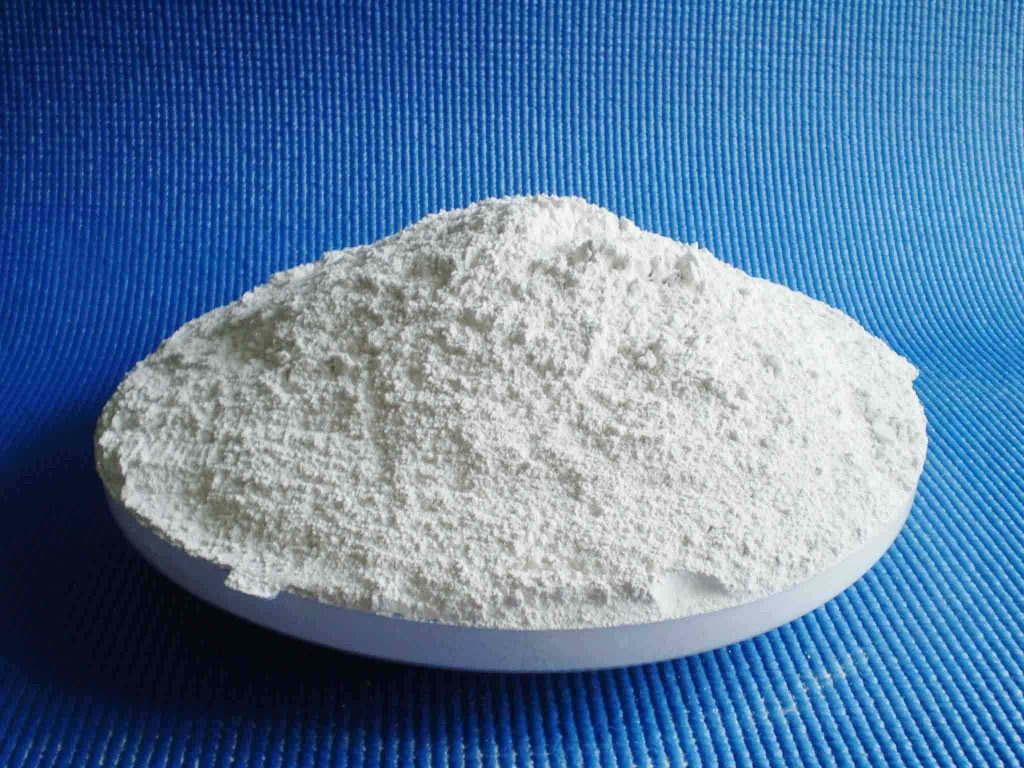23 Application Fields of Kaolin

(1) Ceramic industry
The ceramic industry is the earliest industry to use kaolin and the industry with the largest amount of kaolin. The general amount is 20% to 30% of the formula. The role of kaolin in ceramics is to introduce Al2O3, which can improve its chemical stability and sintering strength.
(2) Rubber
Filling kaolin into the colloidal mixture of rubber can enhance the chemical stability, wear resistance and mechanical strength of the rubber, prolong the hardening time, and improve the rheological properties, mixing properties and vulcanization properties of the rubber, increase the viscosity of the unvulcanized product, and prevent it from sinking, collapsing, sagging, deformation, flat tubes, etc.
(3) Paint pigments
Kaolin has been used as a filler for paints and varnishes for a long time because of its white color, low price, good fluidity, stable chemical properties and large surface cation exchange capacity.
(4) Refractory materials
Kaolin has good refractory properties and is often used to produce refractory products.
(5) Catalysts
Kaolin can be used directly or after acid or alkali modification as a catalyst matrix, or it can be synthesized into molecular sieves or catalysts containing Y-type molecular sieves through in-situ crystallization technology.
(6) Cable materials
The production of high-insulation cables requires the addition of excessive amounts of electrical performance improvers.
(7) Lubrication field
Kaolin has a layered structure and small particle size, which makes it have good lubricity.
(8) Heavy metal wastewater treatment
Kaolin has abundant reserves, wide sources and low prices. Its natural two-dimensional layered structure gives it a large specific surface area and good adsorption performance.
(9) Secondary resource utilization
Modified kaolin is also used in the field of secondary resource utilization to recover metal ions.
(10) Treatment of degraded oil products
Currently, the most commonly used method for treating degraded oil products is adsorption regeneration, which is mainly made of silica-alumina adsorbents made from processed bentonite, kaolin, etc.
(11) Building phase change thermal storage materials
Using dimethyl sulfoxide (DMSO) as an intercalation agent, the coal-based kaolin was intercalated and modified by the melt intercalation method, and the intercalated kaolin was used as the matrix.
(12) Solar energy storage materials
Using kaolin and sodium stearate as raw materials, a new type of kaolin/sodium stearate phase change heat storage material is prepared.
(13) Molecular sieves
Kaolin is abundant in reserves, cheap in price, and has a high aluminum-silicon content, making it a good raw material for preparing molecular sieves.
(14) Kaolinite organic intercalation materials
The intercalation method generally involves inserting organic molecules or layered polymers into layered inorganic materials to prepare intercalation composite materials.
(15) Nanomaterials
Due to their special size, nanomaterials have many unique properties, such as shielding ultraviolet rays and electromagnetic waves, and are used in military, communication, computer and other industries; adding nanoclay in the production process of water dispensers and refrigerators has antibacterial and disinfecting effects; adding nanoclay in ceramic production can increase the strength of ceramics by 50 times, and can be used to manufacture engine parts.
(16) Preparation of glass fiber
Kaolin is an important raw material for the preparation of glass fiber, providing Al2O3 and SiO2 for glass fiber.
(17) Mesoporous silica materials
Mesoporous materials are materials with pore sizes of 2 to 50 nm. They have large porosity, adsorption capacity and specific surface area.
(18) Hemostatic materials
Uncontrolled bleeding after trauma is the main cause of high mortality. Based on the natural hemostatic agent daizheshi’s ability to control bleeding, a new type of iron oxide/kaolin nanoclay composite material was successfully synthesized.
(19) Drug carrier
Kaolin is a 1:1 layered crystal with a tight and uniform arrangement and a large specific surface area. It is often used as a sustained-release material.
(20) Antibacterial material
(21) Tissue engineering
Using kaolin as a binder, a three-dimensional MBG scaffold with excellent mechanical strength, mineralization ability and good cell response was successfully prepared using a modified polyurethane foam (PU) template method.
(22) Cosmetics
Kaolin can be used as an additive in cosmetics to enhance oil and water absorption, enhance the affinity of cosmetics to the skin, and improve the moisturizing function.
(23) Application of kaolin in the papermaking industry
In the papermaking industry, the international market for kaolin is relatively prosperous, and its sales volume exceeds that of ceramics, rubber, paint, plastics, refractory materials and other industries.
